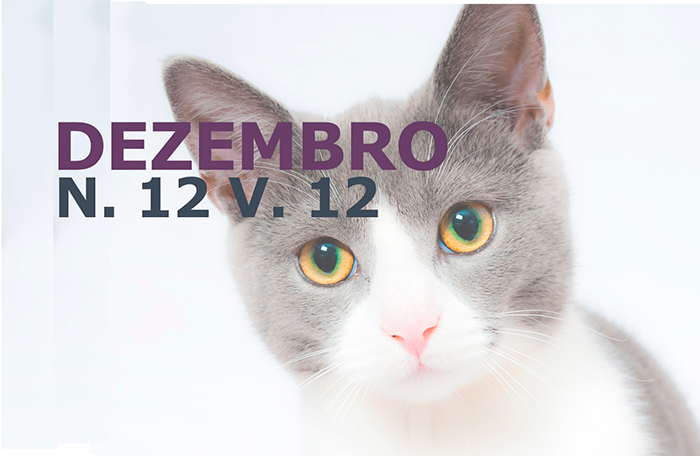Isolamento de Aspergillus spp. e Nocardia sp. em processo inflamatório da glândula mamária de bovino leiteiro
DOI:
https://doi.org/10.31533/pubvet.v12n12a228.1-6Palavras-chave:
bactéria, exame microbiológico, fungo, leite, mastiteResumo
As mastites são um dos principais problemas enfrentados na pecuária leiteira, esta se caracteriza pela inflamação da glândula mamária, com etiologia de origem bacteriana, fúngica, viral dentre outros. No presente estudo objetivou-se relatar a ocorrência de um caso de mastite bovina causada por Aspergillus spp. e Nocardia sp, em co-infecção na região Noroeste do Rio Grande do Sul. A amostra de leite foi analisada no laboratório de Microbiologia Veterinária da Unijuí semeada em ágar sangue ovino 5% e ágar McConkey. Na análise visual do fungo, observou-se o crescimento de uma colônia branca, de aspecto aveludado, com aproximadamente 2 cm de diâmetro e com seu anverso de coloração esverdeada, ao exame microscópico, observou-se hifas ramificadas e septadas, vesícula, fiálides e conídios, compatíveis com características aspergilares, caracterizando o isolamento do Aspergillus spp. Na mesma amostra, observou-se visualmente a presença de colônias pequenas, de aspecto liso, coloração branco-opaco e firmemente aderidas ao ágar, com as seguintes características, colônias gram-positivas, filamentosas e ramificadas, com predominância de formatos bacilares, permitindo a identificação do gênero Nocardia sp. A partir deste caso nesta região, é possível enfatizar a grande importância de se realizar a identificação do agente causador da mastite, pois as mastites causadas por fungo, como o Aspergillus spp., concomitantemente com bactéria do gênero Nocardia sp., embora sejam de baixa ocorrência, causam diversos prejuízos econômicos, pela queda na quantidade e qualidade do leite produzido.
Downloads
Publicado
Edição
Seção
Licença
Copyright (c) 2018 Bruna Carolina Ulsenheimer, Silvana Konageski Dalla Rosa, Tatiana Melina Caduri, Luciane Ribeiro Viana Martins

Este trabalho está licenciado sob uma licença Creative Commons Attribution 4.0 International License.
Você tem o direito de:
Compartilhar — copiar e redistribuir o material em qualquer suporte ou formato
Adaptar — remixar, transformar, e criar a partir do material para qualquer fim, mesmo que comercial.
O licenciante não pode revogar estes direitos desde que você respeite os termos da licença. De acordo com os termos seguintes:
Atribuição
— Você deve dar o crédito apropriado, prover um link para a licença e indicar se mudanças foram feitas. Você deve fazê-lo em qualquer circunstância razoável, mas de nenhuma maneira que sugira que o licenciante apoia você ou o seu uso. Sem restrições adicionais
— Você não pode aplicar termos jurídicos ou medidas de caráter tecnológico que restrinjam legalmente outros de fazerem algo que a licença permita.





